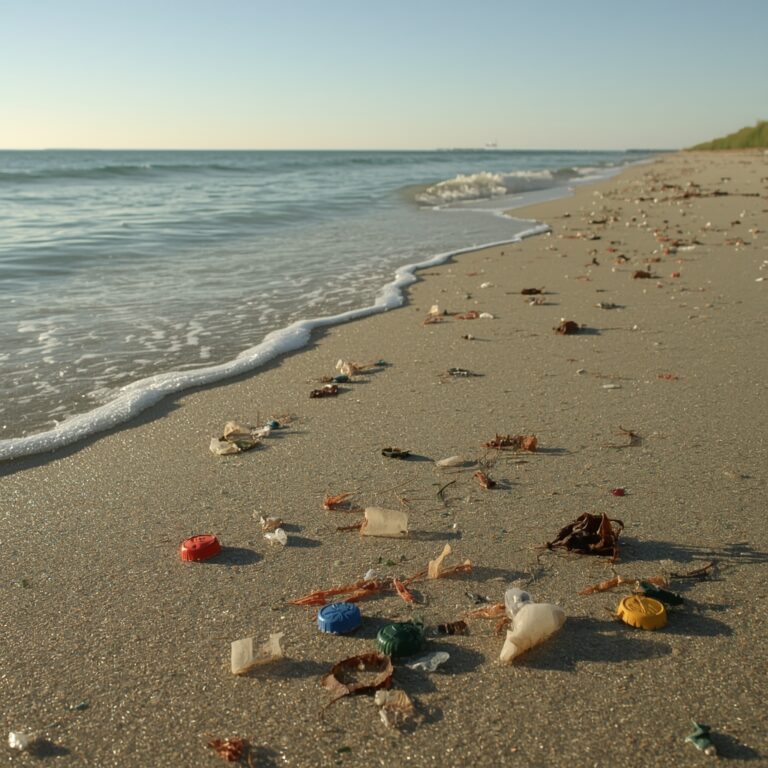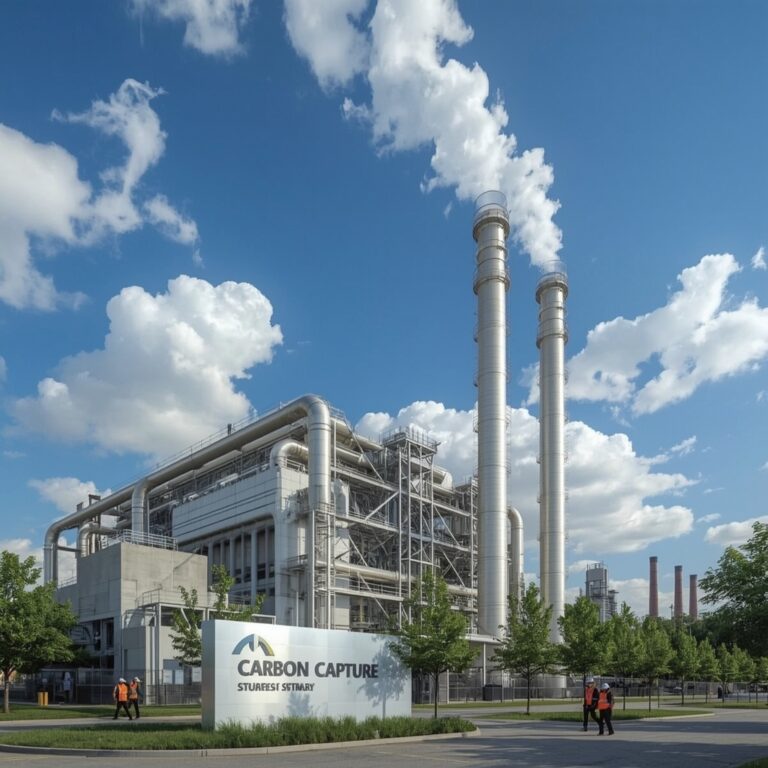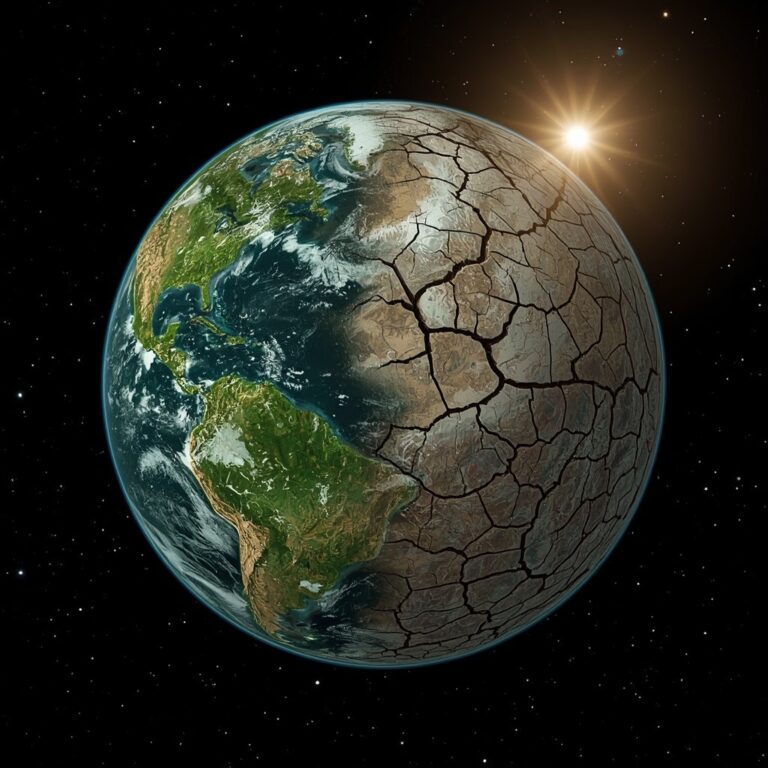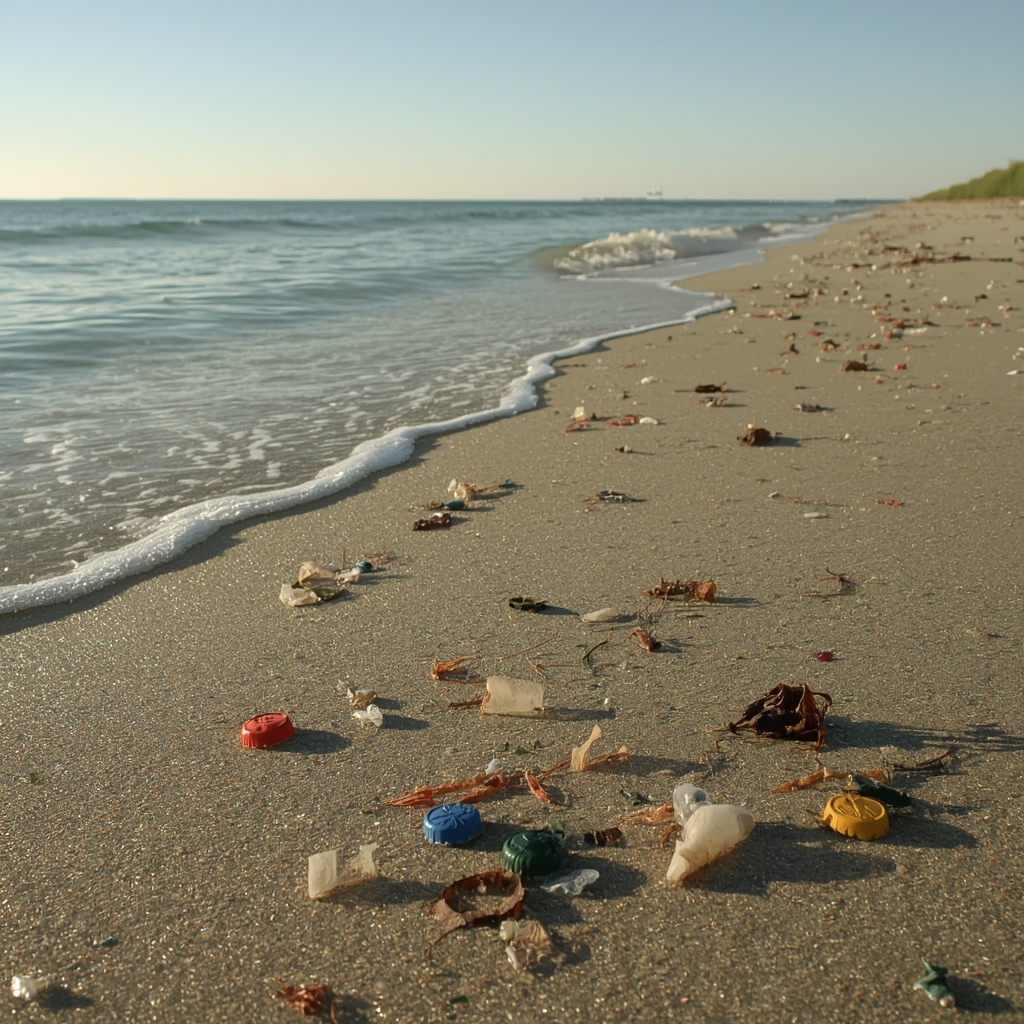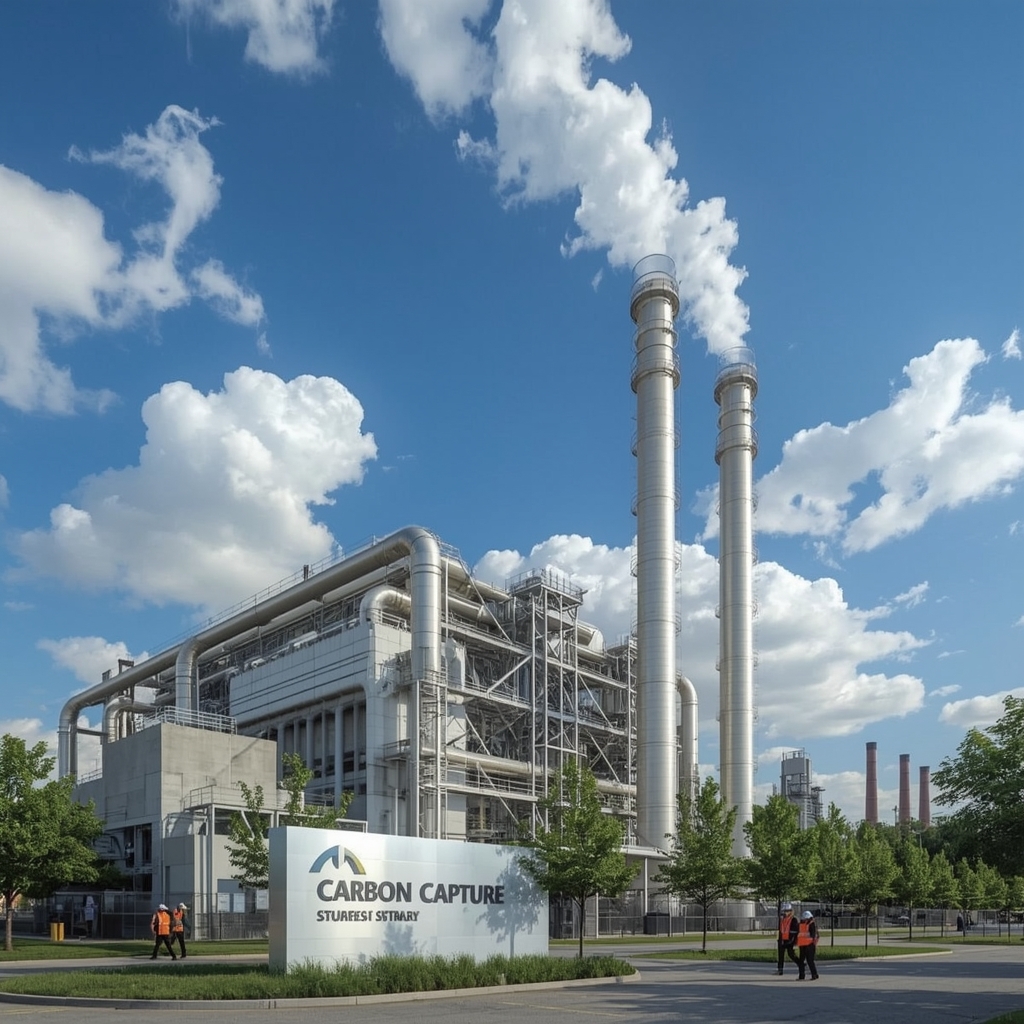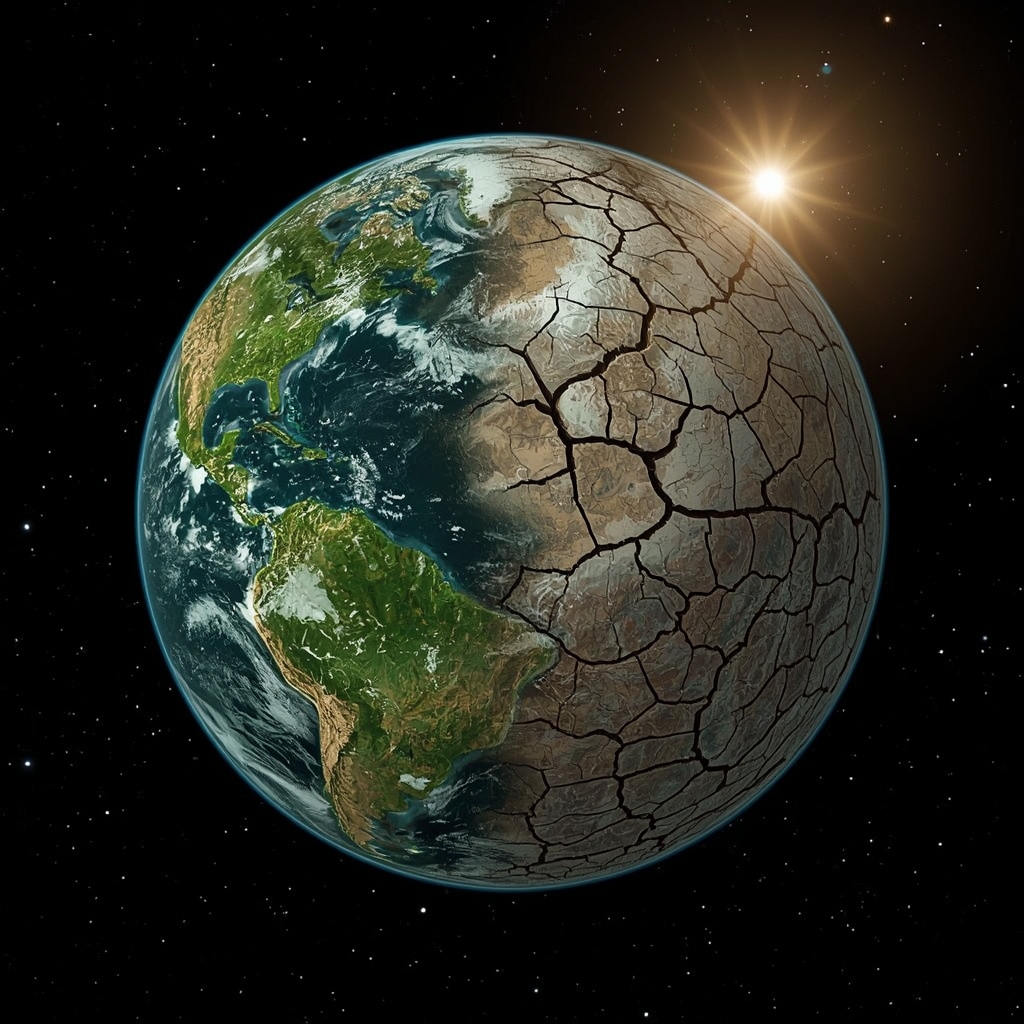What Is a Climate Tipping Point in Science
A climate tipping point in science refers to a critical threshold where small changes in Earth’s climate can trigger large, potentially irreversible shifts in the environment. Once these tipping points are crossed, natural systems—like ice sheets, forests, and ocean currents—may drastically change, accelerating global warming. Scientists warn that several tipping elements, such as the Arctic ice melt and Amazon rainforest loss, are nearing their limits. Understanding climate tipping points helps humanity act before the balance tips too far, emphasizing the urgent need for sustainability and global cooperation to protect our planet’s stability.
Understanding Climate Tipping Points
In scientific terms, a climate tipping point marks the boundary between a stable system and one that transforms into a new, often unstable state. These changes can unfold rapidly or over decades, depending on the factor involved.
For example, melting polar ice reduces the Earth’s reflectivity, allowing oceans to absorb more heat—a self-reinforcing loop that accelerates warming. Similarly, thawing permafrost releases methane, a potent greenhouse gas that intensifies climate change.
Recognizing these mechanisms allows scientists to predict potential chain reactions in the Earth’s systems, making it crucial to prevent further destabilization through immediate environmental action.
Why Climate Tipping Points Matter
Understanding what a climate tipping point in science means is vital for assessing global environmental risks. Once crossed, these points can set off a domino effect across interconnected ecosystems.
For instance, the loss of Greenland’s ice sheet could lead to rising sea levels, affecting millions in coastal regions. Simultaneously, the collapse of the Atlantic Meridional Overturning Circulation (AMOC) could disrupt weather patterns across the USA and Europe.
These shifts don’t just affect nature—they reshape economies, agriculture, water availability, and human health. Preventing tipping points is, therefore, not only an ecological goal but also a social and economic necessity.
Examples of Climate Tipping Points
Scientists have identified several critical climate tipping points that could reshape the planet:
-
Arctic Sea Ice Melt: The loss of reflective ice increases ocean heat absorption.
-
Greenland and Antarctic Ice Sheets: Melting ice contributes to rising sea levels.
-
Amazon Rainforest Dieback: Deforestation and warming could turn the forest into a savanna, releasing vast amounts of carbon.
-
Coral Reef Bleaching: Warmer oceans disrupt marine ecosystems and fisheries.
-
Permafrost Thawing: Releases methane, intensifying global warming.
Each of these tipping points interacts with others, creating feedback loops that accelerate the climate crisis if left unchecked.
The Science Behind Climate Tipping Points
At the core of climate tipping point science lies the study of feedback mechanisms—self-reinforcing cycles that amplify climate shifts. For example, as ice melts, it exposes darker surfaces, which absorb more sunlight and heat, causing further ice loss.
Researchers use advanced climate models, satellite data, and paleoclimate evidence to understand how Earth’s systems have responded to past temperature changes. These insights help identify future risks and potential thresholds we must avoid.
The science emphasizes that Earth’s climate is not linear—it’s dynamic and sensitive, capable of reaching points of no return if stressors like greenhouse gas emissions continue to rise.
The Role of Human Activity
Human activity is the primary driver pushing the planet toward climate tipping points. Industrial emissions, deforestation, and fossil fuel dependence have altered natural cycles that regulate temperature and carbon balance.
Urban pollution, intensive agriculture, and energy consumption in the USA contribute significantly to atmospheric CO₂ levels. If unchecked, these emissions can accelerate tipping events, amplifying global risks.
However, human innovation also offers solutions. Transitioning to renewable energy, reforestation, sustainable farming, and emission reduction policies can delay or even prevent tipping points from being reached—restoring a more balanced climate system.
How the USA Is Affected by Climate Tipping Points
The USA faces several risks linked to climate tipping points, including:
-
Rising Sea Levels: Threatening coastal cities like Miami and New York.
-
Extreme Weather: More frequent hurricanes, droughts, and wildfires.
-
Agricultural Disruptions: Changing rainfall patterns impacting food production.
-
Biodiversity Loss: Shifting habitats affecting ecosystems and species survival.
These challenges highlight the importance of scientific awareness, public education, and government-led climate policies. Local action, combined with global cooperation, remains key to preventing irreversible damage.
Preventing Climate Tipping Points
Preventing a climate tipping point in science from becoming reality requires coordinated global action. Key strategies include:
-
Reducing Greenhouse Gas Emissions: Transitioning to clean energy sources like wind, solar, and geothermal.
-
Reforestation and Conservation: Restoring ecosystems that absorb carbon dioxide.
-
Climate Education and Awareness: Empowering communities to adopt sustainable habits.
-
Policy and Innovation: Supporting research, green technology, and carbon-neutral industries.
Each step contributes to stabilizing the Earth’s systems, protecting biodiversity, and ensuring a livable planet for future generations.
The Future of Climate Stability
The future depends on how humanity responds to the growing threat of climate tipping points. Scientists stress that avoiding these thresholds is still possible—but time is limited.
With advancements in renewable energy, environmental policy, and AI-driven climate modeling, the world can monitor changes more effectively. The challenge now lies in translating knowledge into action, ensuring that global efforts match the urgency of the situation.
Choosing sustainability today means avoiding catastrophic changes tomorrow.
Final Thoughts
Understanding what a climate tipping point in science is helps reveal how fragile our planet’s systems truly are. It’s a call to action—to rethink consumption, energy use, and environmental policies before crossing irreversible thresholds.
Every step toward sustainability counts. From personal lifestyle changes to national reforms, collective action remains the strongest defense against tipping points that threaten our shared future. The time to act is now—before the balance tips beyond repair.

